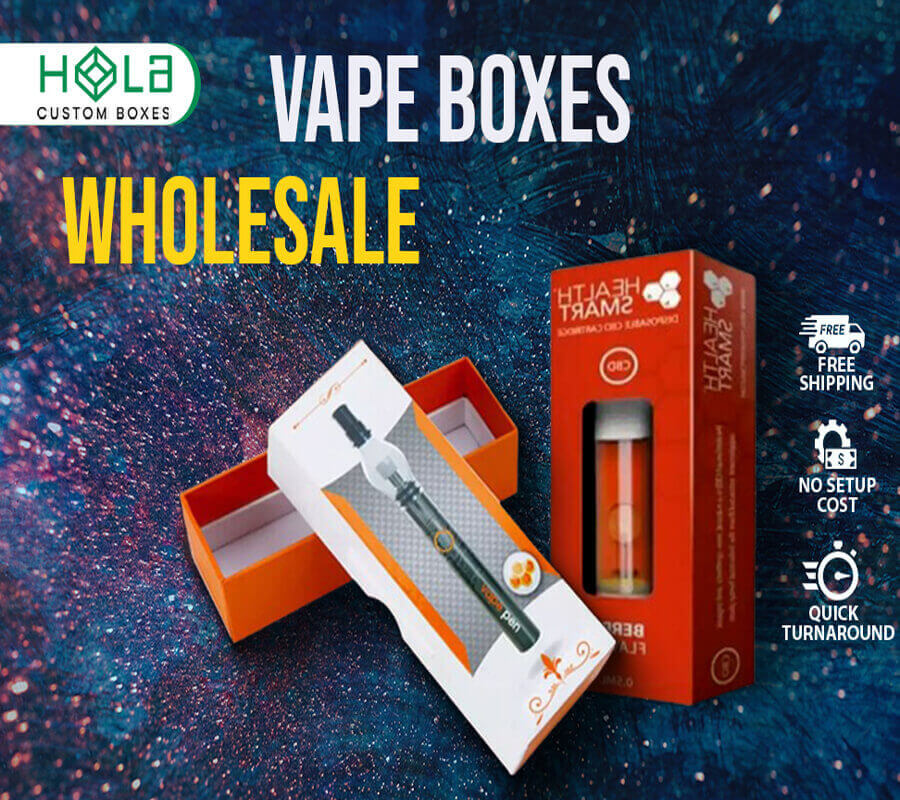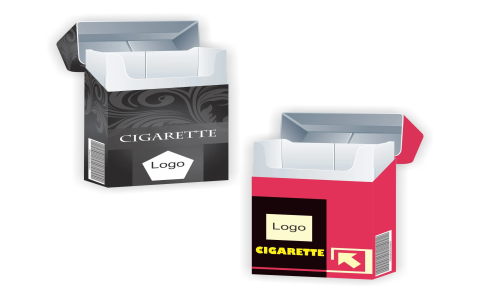Electronic cigarette packaging must navigate a complex landscape of regulatory requirements, branding imperatives, and consumer safety concerns. Effective packaging solutions balance compliance with market appeal and product integrity.
Regulatory Compliance in E-cigarette Packaging
Packaging for electronic cigarettes and related products is subject to stringent regulations that differ by jurisdiction. Key compliance elements often include:

- Health Warnings: Prominently displayed textual and/or pictorial warnings concerning nicotine addiction, health risks, and other mandated statements.
- Ingredient Disclosure: A comprehensive list of ingredients, especially for e-liquids, including precise nicotine concentration (e.g., mg/mL or percentage).
- Age Restriction Notices: Clear and conspicuous statements indicating the minimum legal age for purchase and use.
- Traceability Information: Batch numbers, manufacturing dates, expiry dates (if applicable), and manufacturer/distributor contact details to facilitate recalls.
- Child-Resistant Packaging (CRP): Many regions mandate CRP for e-liquid containers and sometimes for the devices themselves to prevent accidental access and ingestion by children. Standards like ISO 8317 are often referenced.
- Symbols and Specific Warnings: Requirements for specific symbols (e.g., “not for sale to minors,” poison symbols) or warnings related to battery safety or pregnancy.
Brand Identity and Consumer Appeal
Beyond regulatory demands, packaging is a primary vehicle for brand communication and attracting consumers in a competitive market. Strategic considerations include:
- Visual Design & Aesthetics: The use of color schemes, typography, imagery, and material finishes (e.g., matte, gloss, embossing) to create a distinct brand identity and appeal to target demographics.
- Brand Messaging: Conveying the brand’s unique selling propositions, values, flavor profiles, or product benefits through textual and graphical elements.
- Differentiation: Ensuring the packaging clearly distinguishes between product lines, flavors, nicotine strengths, and device types within a brand’s portfolio and from competitors.
- Perceived Value: Packaging design influences consumer perception of product quality and positioning (e.g., premium, value-oriented, innovative).
Product Integrity and Safety Features
The primary functional role of packaging is to protect the product and incorporate safety measures. Essential aspects are:
- Physical Protection: Designing packaging that safeguards the device, pods, or e-liquid bottles from damage during shipping, handling, and retail display. This includes preventing crushing, leakage, or breakage.
- Barrier Properties: For e-liquids, packaging materials may need to offer protection against light or oxygen to maintain product stability and shelf life.
- Tamper-Evident Seals: Features such as shrink bands, breakable rings on caps, or sealed cartons provide consumers with visual confirmation that the product has not been opened or tampered with prior to purchase.
- Secure Closures: Especially for e-liquid bottles, closures must prevent leakage and, where mandated, incorporate child-resistant mechanisms.
Materials and Sustainability Considerations
The choice of materials for e-cigarette packaging impacts functionality, cost, consumer perception, and environmental responsibility.
- Common Materials: Predominantly paperboard (for boxes, sleeves), various plastics (for bottles, blister packs, caps, shrink wrap), and sometimes glass for e-liquid bottles. Inner trays may be plastic or molded pulp.
- Sustainability: Increasing consumer and regulatory pressure for more sustainable packaging solutions. This includes using recycled content, recyclable materials, and minimizing overall packaging volume and weight.
- Challenges: Balancing sustainability goals with the need for product protection, child resistance, and compliance with often complex multi-material packaging requirements. The disposability of vape products themselves also adds to environmental concerns, which packaging sometimes tries to address through disposal information.
- Innovations: Exploration of biodegradable plastics, compostable materials, and mono-material designs to improve recyclability.
Information Hierarchy and Design Clarity
Effective packaging must communicate essential information clearly and intuitively to the user.
- Clear Product Identification: The type of product (e.g., disposable e-cigarette, pod system, e-liquid), brand name, flavor, and nicotine strength should be immediately obvious.
- Instructions for Use: Concise and understandable instructions for setup, use, charging (if applicable), and refilling. Pictograms can aid understanding.
- Safety and Storage Information: Crucial details on safe handling, battery warnings (for devices with integrated batteries), recommended storage conditions, and proper disposal.
- Legibility: All legally mandated information (warnings, ingredients) and key product details must be presented in a readable font size, with sufficient contrast, and in the required languages for the target market.










